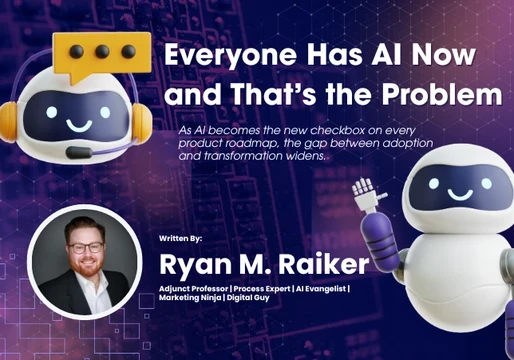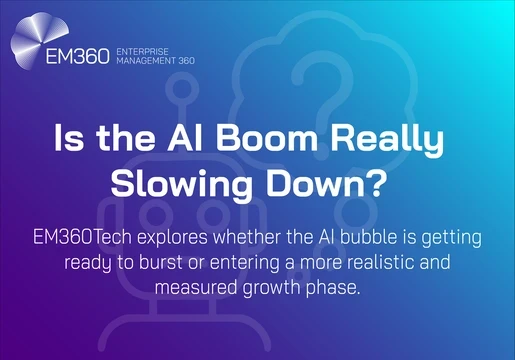The procedure of digital forensics involves a meticulous examination of digital evidence within criminal inquiries and legal procedures. As technology progresses, the complexity and quantity of digital data expand considerably, presenting investigators with the challenge of managing and interpreting vast amounts of information. To address this, the digital forensics process incorporates various methodologies and tools, aiding investigators in systematically analyzing and uncovering evidence crucial to investigations and legal proceedings.
This is where artificial intelligence (AI) comes into play, revolutionizing the field of digital forensics and providing investigators with powerful tools and techniques to tackle these challenges.

Understanding Artificial Intelligence and Digital Forensics
Before delving into the intersection of AI and digital forensics, it is important to understand what AI and digital forensics individually entail.
Defining Artificial Intelligence
Artificial intelligence refers to the development of computer systems capable of performing tasks that would typically require human intelligence. It involves the development of algorithms and models that enable machines to learn from data, reason, and make decisions.
Artificial intelligence has come a long way since its inception. Initially, AI was limited to rule-based systems that followed predefined instructions. However, with advancements in machine learning and deep learning, AI systems are now capable of learning from vast amounts of data and improving their performance over time.
The Role of Digital Forensics
Digital forensics, on the other hand, involves the collection, analysis, and preservation of digital evidence for investigative purposes. It involves retrieving data from various digital sources, such as computers, mobile devices, and cloud services, and examining the data to uncover evidence relevant to criminal investigations or legal proceedings.
In today's digital age, digital forensics plays a crucial role in solving crimes and ensuring justice. With the widespread use of technology and the internet, criminals have found new ways to exploit digital systems for their illicit activities. Digital forensics professionals are tasked with uncovering these digital footprints left behind by criminals and analyzing them to build a case.
When it comes to digital forensics, there are various techniques and tools employed to extract and analyze digital evidence. These include forensic imaging, which involves creating an exact copy of a digital device to preserve its state at the time of seizure, and data recovery, which focuses on retrieving deleted or hidden data that may hold valuable information.
The Intersection of AI and Digital Forensics
AI has significantly impacted digital forensics, providing investigators with advanced capabilities to process and analyze large volumes of digital data quickly and efficiently.
How AI is Revolutionizing Digital Forensics
AI techniques, such as machine learning and pattern recognition, have revolutionized digital forensics by automating the analysis of digital evidence. Machine learning algorithms can be trained on large datasets to recognize patterns and anomalies in digital data, enabling investigators to identify suspicious activities or hidden information.
In addition to machine learning, natural language processing (NLP) techniques have been employed in data recovery and analysis. NLP allows investigators to extract relevant information from unstructured data, such as text messages or emails, enabling them to reconstruct conversations or uncover hidden communication.
Challenges and Opportunities at the Intersection
While AI offers immense potential in digital forensics, it also presents challenges and ethical considerations. One of the challenges is the interpretability of AI models. As AI systems become increasingly complex, it becomes difficult to understand how they arrive at their decisions, raising concerns regarding the transparency and reliability of their findings.
Another challenge is the ever-evolving nature of technology. With new devices, software updates, and encryption methods emerging regularly, forensic investigators must continuously adapt their techniques to keep up with these advancements.
Despite these challenges, the intersection of AI and digital forensics provides exciting opportunities for the field. AI can assist in the identification of relevant evidence, automating repetitive tasks, and reducing the workload of investigators. It can also help in the identification of previously unknown patterns or connections that might have gone unnoticed.
AI Techniques in Digital Forensics
Various AI techniques are utilized in digital forensics to improve the efficiency and accuracy of investigations.
Machine Learning and Pattern Recognition
Machine learning algorithms, such as support vector machines and neural networks, have been applied in digital forensics to classify and analyze different types of digital evidence. These algorithms can identify patterns in data and make predictions based on previous examples, allowing investigators to uncover important insights from complex datasets.
Pattern recognition techniques, such as image and speech recognition, have also proven valuable in digital forensics. These techniques allow investigators to identify and analyze visual or auditory evidence, such as surveillance footage or recorded conversations, helping to build a more comprehensive picture of the events under investigation.
Natural Language Processing in Data Recovery
Natural language processing techniques enable investigators to extract meaningful information from textual data. By applying techniques such as text mining and sentiment analysis, investigators can uncover relevant information from emails, social media posts, or chat logs. This helps in reconstructing conversations, identifying key individuals, and understanding the context surrounding the investigation.
The Future of AI in Digital Forensics
The future of AI in digital forensics offers promising developments and challenges that need to be addressed.
Predicting Trends and Developments
As AI continues to advance, it is expected to play an even larger role in digital forensics. Predictive analytics and machine learning models can be leveraged to anticipate evolving threats, analyze emerging technologies, and enhance the efficiency of investigations.
Furthermore, AI can assist in automating the tedious and time-consuming tasks of evidence collection and analysis, allowing investigators to focus on higher-level analysis and decision-making.
Ethical Considerations and Implications
The increased use of AI in digital forensics raises ethical considerations and potential implications. It is crucial to ensure transparency and accountability in the use of AI algorithms to maintain the integrity of investigations and prevent any biases or unfair outcomes.
Privacy concerns also arise regarding the use of AI in digital forensics. Striking the right balance between privacy rights and the need for effective investigation is a delicate task that requires thoughtful consideration and robust safeguards.
In conclusion, the use of artificial intelligence in digital forensics has revolutionized the field, enabling investigators to process and analyze large volumes of digital data efficiently. AI algorithms, such as machine learning and natural language processing, offer powerful tools for uncovering hidden evidence and identifying patterns in complex datasets. However, challenges such as interpretability and evolving technology must be addressed, and ethical considerations must be carefully navigated. The future of AI in digital forensics holds immense potential for enhancing investigations, but it also demands responsible and ethical implementation.







Comments ( 0 )